Jung, J. A. et als.
Plastic and Reconstructive Surgery: August 2019 – Volume 144 – Issue 2 – p 347-356
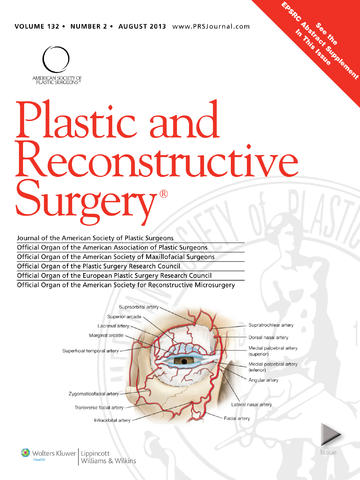 Hyperpigmentation following ultraviolet irradiation has cosmetic concerns. Botulinum toxin type A can favorably affect skin pigmentation. However, the mechanism of skin pigmentation is unclear.
Hyperpigmentation following ultraviolet irradiation has cosmetic concerns. Botulinum toxin type A can favorably affect skin pigmentation. However, the mechanism of skin pigmentation is unclear.
Recent clinical reports have suggested favorable effects of botulinum toxin type A on skin pigmentation. In one study, three patients treated with repeated botulinum toxin type A injection developed porcelain discoloration of the periocular skin.
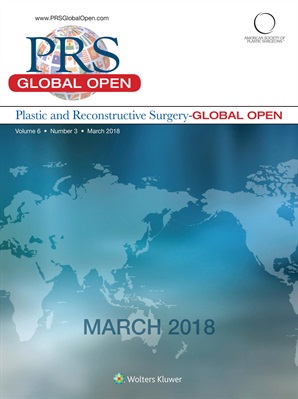 The facelift has significantly evolved over the past several decades. What was once considered a skin only operation is now a sophisticated, elegant procedure that requires meticulous preoperative analysis, understanding of underlying anatomically based aging changes, and extreme attention to detail.
The facelift has significantly evolved over the past several decades. What was once considered a skin only operation is now a sophisticated, elegant procedure that requires meticulous preoperative analysis, understanding of underlying anatomically based aging changes, and extreme attention to detail.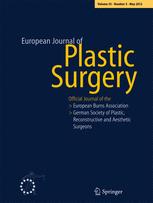 Size of the nose varies in the different parts of the world, and perception of what is the aesthetically acceptable nose shows large differences depending on the ethnic background, type of the society, gender and age. Nose which is generally larger than the average nose in a given society, particularly regarding the height of its nasal bridge, could be defined as a prominent nose.
Size of the nose varies in the different parts of the world, and perception of what is the aesthetically acceptable nose shows large differences depending on the ethnic background, type of the society, gender and age. Nose which is generally larger than the average nose in a given society, particularly regarding the height of its nasal bridge, could be defined as a prominent nose.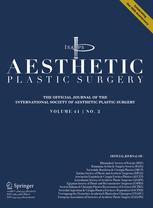 Patients often seek guidance from the aesthetic practitioners regarding treatments to enhance their ‘beauty’. Is there a science behind the art of assessment and if so is it measurable? Through the centuries, this question has challenged scholars, artists and surgeons.
Patients often seek guidance from the aesthetic practitioners regarding treatments to enhance their ‘beauty’. Is there a science behind the art of assessment and if so is it measurable? Through the centuries, this question has challenged scholars, artists and surgeons.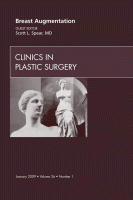 This article describes the indications and techniques related to the use of barbed sutures in facial aesthetic plastic surgery. The principle applications for barbed sutures in facial aesthetic plastic surgery are those involving lifts of the brow, midface, and the lower face and neck. Usually all three areas require surgical maneuvers to create a harmonious rejuvenation. Regardless of where in the face bidirectional barbed sutures are planned, five essential steps are needed: (1) making the incision or incisions, (2) dissecting soft tissue, (3) proximal anchoring, (4) deploying threads, and (5) molding soft tissue.
This article describes the indications and techniques related to the use of barbed sutures in facial aesthetic plastic surgery. The principle applications for barbed sutures in facial aesthetic plastic surgery are those involving lifts of the brow, midface, and the lower face and neck. Usually all three areas require surgical maneuvers to create a harmonious rejuvenation. Regardless of where in the face bidirectional barbed sutures are planned, five essential steps are needed: (1) making the incision or incisions, (2) dissecting soft tissue, (3) proximal anchoring, (4) deploying threads, and (5) molding soft tissue.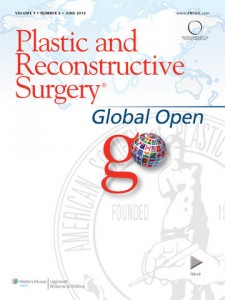 Resection of facial skin tumors aims to remove the tumors completely and make the surgical scar unnoticeable as much as possible. By improving the purse string suture method, we developed a new pentagram suture technique that enables simple and safe suturing of small to large defects with early satisfactory esthetic outcomes. The surgical outcomes of a case series were examined in this report.
Resection of facial skin tumors aims to remove the tumors completely and make the surgical scar unnoticeable as much as possible. By improving the purse string suture method, we developed a new pentagram suture technique that enables simple and safe suturing of small to large defects with early satisfactory esthetic outcomes. The surgical outcomes of a case series were examined in this report.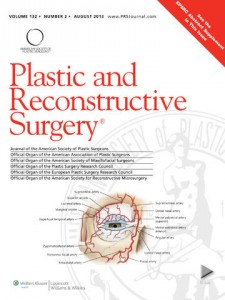

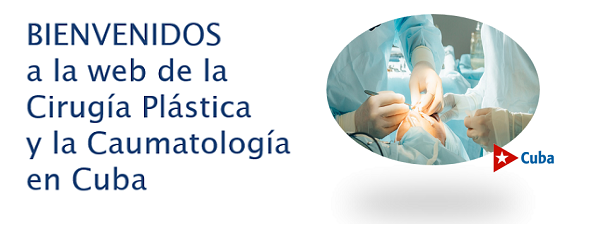
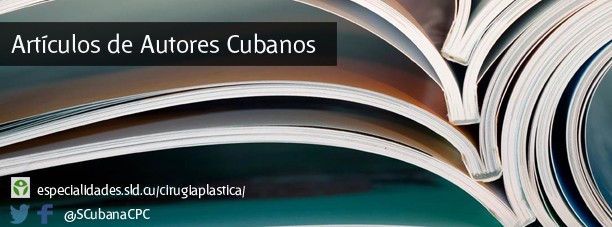
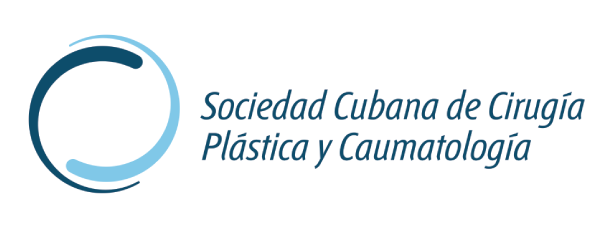
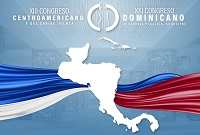
 Sitio web publicado el
Sitio web publicado el
Los lectores comentan